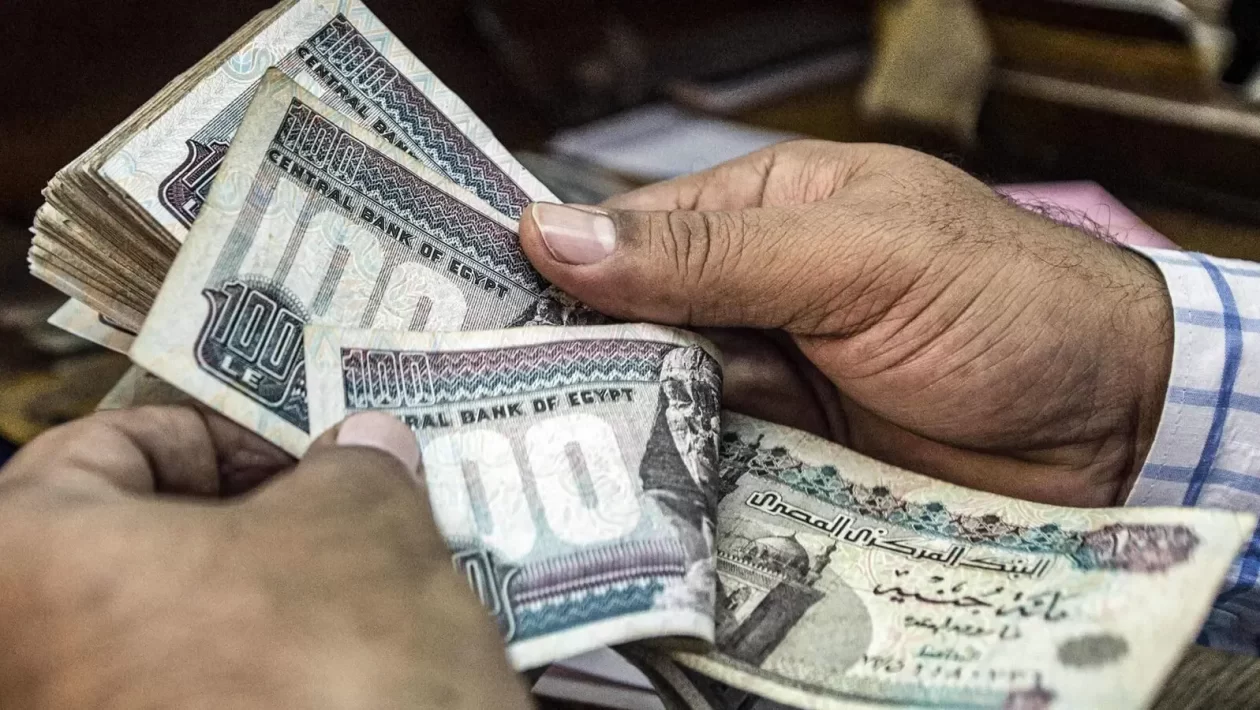In the fast-paced world of financial markets, understanding how currency pairs work is essential for successful trading. Currency pairs are the backbone of forex trading, and grasping their dynamics is crucial for traders. Whether you’re a seasoned investor or a newcomer to the market, you’ll want to unlock the secrets of these pairings. This article delves into the fascinating realm of currency pairs, shedding light on what makes them tick. Exploring Bitcoin’s connection to cybersecurity reveals the intricate relationship between the cryptocurrency and digital security measures in the online realm
The Basics of Currency Pairs
Before diving into the intricacies of currency pairs, let’s start with the fundamentals.
- Understanding the Pairing: Currency pairs are combinations of two different currencies. They are expressed as a ratio, where one currency is the base, and the other is the quote or counter currency. For instance, in the EUR/USD pair, the euro (EUR) is the base currency, and the U.S. dollar (USD) is the quote currency.
- Pricing and Exchange Rates: Exchange rates represent the relative value of one currency to another. These rates are determined by various factors, including economic indicators, geopolitical events, and market sentiment.
Majors, Minors, and Exotics
- Major Currency Pairs: Major currency pairs are the most traded in the forex market and typically include currencies from strong, stable economies. Examples include EUR/USD, GBP/USD, and USD/JPY. These pairs offer high liquidity and relatively tight spreads.
- Minor Currency Pairs: Minor currency pairs, also known as cross-currency pairs, do not involve the U.S. dollar. They are created by pairing two major currencies, such as EUR/GBP or AUD/JPY.
- Exotic Currency Pairs: Exotic pairs involve one major currency and one from a less stable or emerging market, such as USD/TRY (U.S. Dollar/Turkish Lira). Exotic pairs tend to have wider spreads and lower liquidity.
Factors Influencing Currency Pair Movements
- Economic Indicators: Economic data, such as GDP growth, employment figures, and inflation rates, play a pivotal role in currency pair movements. Positive data can strengthen a currency, while negative data can weaken it.
- Interest Rates: Central banks set interest rates, which can significantly impact currency values. Higher interest rates tend to attract foreign capital, boosting demand for the currency.
- Geopolitical Events: Political instability, elections, and international conflicts can have a profound effect on currency pairs. Investors may seek safety in stronger currencies during times of uncertainty.
The Role of Online Trading Platforms
- Advantages of Online Trading Platforms: Online trading platforms provide traders with several benefits:
- Accessibility: These platforms are available 24/7, allowing traders to respond to market events in real-time.
- Education: Many online platforms offer resources, tutorials, and demo accounts for beginners.
- Automation: Some platforms allow for automated trading using algorithms or expert advisors.
- Diversification: Traders can access a wide range of financial instruments, including forex, stocks, cryptocurrencies, and more.
- Low Costs: Online trading often involves lower fees and commissions compared to traditional brokerage services.
2. Currency Pair Analysis: Online trading platforms usually offer various tools for analyzing currency pairs, including:
- Technical Analysis: Utilizes charts, patterns, and technical indicators to predict future price movements.
- Fundamental Analysis: Examines economic and geopolitical factors to assess the overall strength or weakness of a currency.
- Sentiment Analysis: Measures market sentiment and positioning to gauge market psychology.
3. Risk Management: Online trading platforms often provide risk management tools, including stop-loss and take-profit orders, which help traders, limit potential losses and secure profits.
Trading Strategies for Currency Pairs
- Day Trading: Day traders open and close positions within the same trading day, taking advantage of short-term price fluctuations.
- Swing Trading: Swing traders hold positions for a few days to weeks, aiming to profit from medium-term price movements.
- Position Trading: Position traders have a long-term perspective, often holding positions for months or even years. They rely on fundamental analysis and long-term trends.
- Scalping: Scalpers aim to profit from tiny price movements by making numerous quick trades throughout the day.
Final Thoughts
In the ever-evolving world of forex trading, understanding currency pairs is a crucial step towards achieving success. The dynamics of these pairs are influenced by a multitude of factors, and grasping their intricacies is essential. Whether you’re looking to capitalize on major currency pairs, explore the opportunities of minor and exotic pairs.
As with any investment, trading forex carries risks. It’s essential for traders to stay informed, use risk management tools, and continuously educate themselves. The world of currency pairs is a complex but rewarding one, and with the right knowledge and tools at your disposal, you can navigate it successfully and unlock its potential.





